Wow. I cannot believe it is my last month of internship. I blinked and it was over! There have been many challenges and many learning opportunities during internship. Let me walk you through the learning highlights I had each month.
Month One
Month one was crazy! You are learning so much at one time. I observed so many music therapists. Thankfully, I took A TON of notes. Throughout internship when I was confused or it felt like I needed a refresher, these notes were great to look back on. In month one you get to observe therapists and then start to try interventions as they implement them. It’s great to put yourself out there and try new things. I have built up so much confidence since month one.
Month Two
Month two I began leading full sessions by myself. I learned so much about how to plan interventions according to different NMT techniques. It was also a test of my time management. I had to plan a lot, make visuals, create new songs, see a full caseload of clients, and of course practice! I learned that if I work hard now, it will become more natural in the future.
Month Three
In month three I felt as though I started to develop my own style. I felt comfortable with the clients that I was seeing and was able to try different interventions. I have learned to be comfortable with myself, take my time, and most importantly be silly when seeing kids. Music therapy is fun! We are working on so many important goals, but how can you create interventions that pull in the client so they can have fun? I found this to be important while working in a one on one setting.
Month Four
This month I worked hard on my case study and project. I challenged myself to read a lot of research articles. I began to take data and study how Developmental Speech and Language through Music impacts speech prosody. For my project, I tried out a lot of different interventions to see which ones I wanted to include in my song book. I picked interventions that were engaging and successful. I also challenged myself by changing my schedule. I had the opportunity to see 13 clients back to back. This challenged by endurance and know know that I absolutely love it! I also got to welcome my junior intern, Emma. It was great to have someone to work with! She gave me fresh ideas. It’s wonderful to talk to music therapy students from different schools and compare experiences. As music therapy students from different areas, we can learn so much from each other.
Month Five
As I continued to work on my case study and project, I learned that I had to plan less for sessions. My supervisors know that I like to have every detail planned. This month I challenged myself to plan less. It was hard at first, but I’ve learned that I enjoy writing songs on the spot. Especially on the day I see 13 clients, I can’t plan every second of my day. I can overlap interventions and do improvisation. This is an important skill to have as a music therapist. It tests your ability to think on your feet as well as your intuition. I am lucky that I had practice with this because you can plan and plan, but sessions never go exactly how you want them to!
Month Six
As internship comes to an end its great to reflect on the experiences I’ve had. I’ve learned so much, it’s hard to put it all into words. I am so glad I’ve been able to develop my own style as a music therapist. I am also grateful that I can leave internship feeling confident and ready to work!
Rachel



